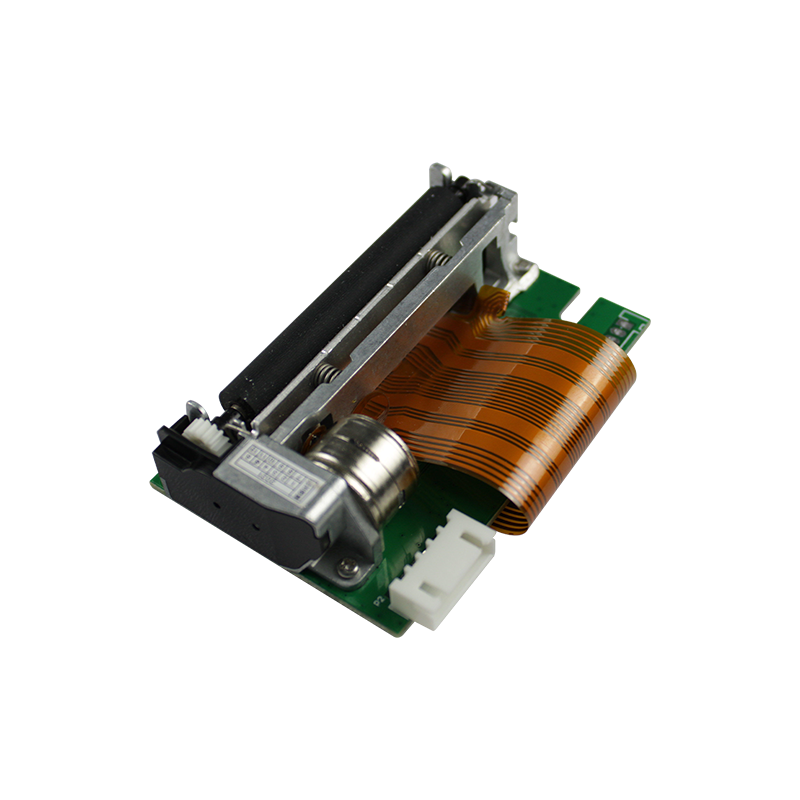Time:2025.04.09Browse:1

WiFi thermal printers take wireless printing to the next level by utilizing WiFi technology to connect to a local network. This connectivity option offers several distinct advantages over other types of thermal printers.
One of the key benefits of WiFi thermal printers is their ability to be accessed from multiple devices within a network. In a business environment, such as an office or a large retail store, multiple employees may need to print labels, receipts, or documents at different times. With a WiFi - connected thermal printer, any device that is connected to the same local network can send print jobs to the printer. This eliminates the need for each device to have a direct connection to the printer, as is the case with USB - connected printers. For example, in an office, employees can print important documents from their desktops, laptops, or even mobile devices without having to worry about physically connecting to the printer. This seamless integration into a network environment significantly improves workflow efficiency.
WiFi thermal printers also offer greater flexibility in terms of placement. Since they are connected to the network wirelessly, they can be placed anywhere within the WiFi coverage area. This means that the printer does not have to be located near a specific computer or device. In a large warehouse, for instance, a WiFi thermal printer can be placed in a central location where it is easily accessible to all employees, regardless of where they are working in the warehouse. This is in contrast to Bluetooth printers, which have a much shorter range and require the host device to be in close proximity.
These printers are also well - suited for use in environments where network - based management is crucial. In enterprise settings, network administrators can monitor and manage WiFi thermal printers remotely. They can check the printer's status, such as ink or paper levels, and even update the printer's firmware without having to physically access the printer. This centralized management is highly beneficial for large organizations with multiple printers, as it saves time and resources.
In terms of performance, WiFi thermal printers are comparable to their wired counterparts. They can print at high speeds, with some models capable of printing up to 30 - 40 pages per minute for document printing or a high number of labels per minute. The print quality is also excellent, with resolutions often reaching 300 dpi or higher, ensuring that text, graphics, and barcodes are printed clearly and accurately.
WiFi thermal printers also support various printing protocols, which makes them compatible with different operating systems and applications. Whether it's a Windows - based office computer, a Mac in a creative studio, or a Linux - powered server, as long as the device is connected to the same network, it can communicate with the WiFi thermal printer. Additionally, many WiFi thermal printers support mobile printing protocols such as Apple AirPrint and Google Cloud Print, allowing users to print directly from their iOS or Android devices without the need to install additional drivers.
Read recommendations: